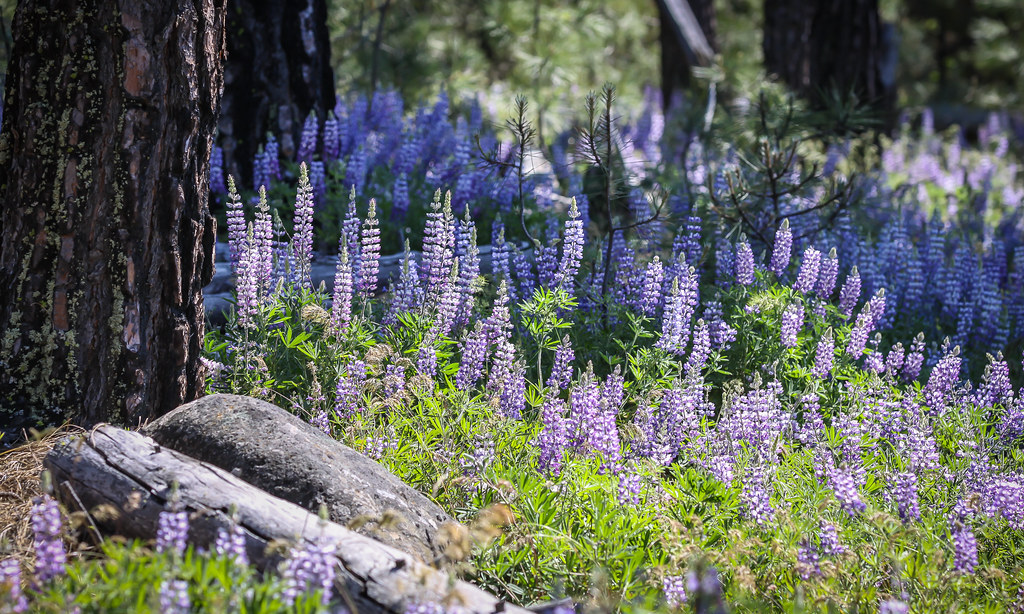One of the most iconic phenomena in nature is the arrival of Spring. In temperate climates many species of plants lose their leaves in the fall (the season is named for just that reason), and then in spring leaves and flowers re-emerge. But why, and HOW?
In answering the “why” question, I like to start by proposing the alternative. What if trees did not lose their leaves in the fall? Well, if the tree was somewhere that experiences sub-freezing temperatures, like we do on occasion here, then the formation of ice crystals inside the cells of the leaves would puncture the membranes of the organelles just like tiny shards of glass, causing irreparable damage. So, rather than face losing their leaves in this fashion, plants shed their leaves intentionally AFTER they remove as much reusable nutrients and sugars to be stored in the trunk as possible. For trees like maple, this is visible as the changing color of leaves in the autumn months. The relocated sugars actually help to prevent ice formation in the trunk of the tree, acting as an anti-freeze, which is why maple syrup can be tapped when the weather is still freezing. So, it is necessary for plants to regrow leaves in the spring to replace the ones that were lost in the fall so that photosynthesis can begin again when the plant is actively growing. How do plants know to drop (and regrow) their leaves?
You might guess that temperature has a part to play, and it does in some cases. Many bulbs, like lilies, tulips, and daffodils start to grow new leaves when the weather warms up after a sufficiently long period of cold. Temperature is not a perfect cue, however, since it can fluctuate wildly, especially during the fall and spring, as many of us have experienced a late frost zapping our early flowering fruit trees or bulbs. A more reliable cue for plants is daylength. Just like animals, plants have internal clock-like processes called circadian rhythms, which are influenced by the amount light they receive. Daylength is often, though not always, a good predictor of temperature since weather is typically colder when the days are short and warmer when days are longer.
Although it seems straightforward to us to respond to changes in temperature in our environment, it is actually still not understood how plants sense heat. We have nerve cells with ion-channels that physically change shape as they warm up (not unlike a thermostat), but plants lack a nervous system altogether! The way that plants sense changes in day length, however, is understood quite well. Plants have lots of molecules called photoreceptors, the most well known being chlorophylls. Another group of photoreceptors called phytochromes help plants to keep time. They are present in seeds, and can sense tiny amounts of light to stimulate germination even under the soil! As days get longer in the spring time, phytochromes in the dormant leaf buds send signals to start expanding the embryonic leaves sheltered therein, all of which were actually formed prior to the onset of winter. One last process worth mentioning that phytochromes orchestrate is flowering. Think of the steady progression of forsythia, cherry, and lilac flowering, all because each species has adapted to put out flowers at a time most likely to coincide with their pollinator. Because flowering is light dependent, however, and bee emergence is temperature dependent we have begun to see these relationships to become asynchronous, which is bad news for the flowers and the bees! Rocky Mountain Biological Laboratory (RMBL) has been studying this phenomenon for many decades now as the evidence for shifts in our climate mount ever higher.
By: Restoration & Education Program Lead, Nathan LeClear


Recent Comments